Feng Shui for Children's Bedrooms
Feng shui can be an interesting and worthy way to design your children's bedroom environment.
The term feng shui literally translates as "wind-water" in English and is the ancient Chinese system of aesthetics. It is believed to use the laws of both Heaven (astronomy) and Earth (geography) to help one improve life by receiving positive energy.
Traditional feng shui practice always requires an extremely accurate Chinese compass in order to determine the directions in finding any auspicious sector in the desired location. Feng shui tries to harmonise the flow of life energy through the house by directing where to place various objects, rooms, materials, and so forth for prosperity and the removal/repellent of bad energy. (amended extract from Wikipedia)
Not only does feng shui have purposeful meaning, but it also provides a great 'how to guide' on the best way to decorate a child's bedroom. Feng shui decides on essential decorating and design elements, the correct bed alignment, to bedroom selection within the house - helping to create a healthy, happy environment, that fosters education, good health and well being.
Here are some helpful steps for maximising the feng shui in your children's bedroom.
- Align the child's bed to the widest part of the room.
- Don't place the bed in a direct line with the door. However, make sure your child can see the door from his or her bed easily.
- Do not place the bed on a wall where the toilet/bathroom is on the opposite side as this can cause health problems.
- If possible, try to have a separate bedroom for each child. If this isn't possible, there are lots of decorative ways to create division and privacy within a room.
- Within the room, create a place for studying and knowledge learning.
- If this has been a source of problems, make the study position in the NE corner of the bedroom. Also make a place on a south wall, if possible, of your child's accomplishments (trophies, certificates, signs of achievement and recognition).
- Provide a clutter-free space so your child can rest and be creative. Clean, clean, clean out the unwanted or the unused stuff. Creating space and visual openness helps your child feel less pressured and more likely to be imaginative and creative.
- Ensure good lighting and create a room that is stimulating for the child's spirit and offers privacy.
- Paint a room that complements creativity, positive energy, and light. Avoid blues (except bright or light) and other dark colours. According to feng shui, yellow is the optimal colour. However, light greens, bright purples, and pinks are great colours. Neutral colours with colour wall stickers and wall decorations can be a great way to decorate and in line with positive Feng Shui.
- Avoid aquariums or sounds of water that can be heard from the bedroom as it can create an unhealthy environment and may even lead to respiratory ailments (e.g. asthma).
- Place a happy family picture of the child, siblings, and parents in the room. A great way to bring a problem child into the fold with images of inclusiveness, closeness, love as well as subtle authority and the prominence of the parents as heads of the household.
- Lastly, if possible, boys should be placed in the east or north bedrooms and girls should be placed in the south or southeast or west bedrooms.
Share this post, Hit on social buttons!
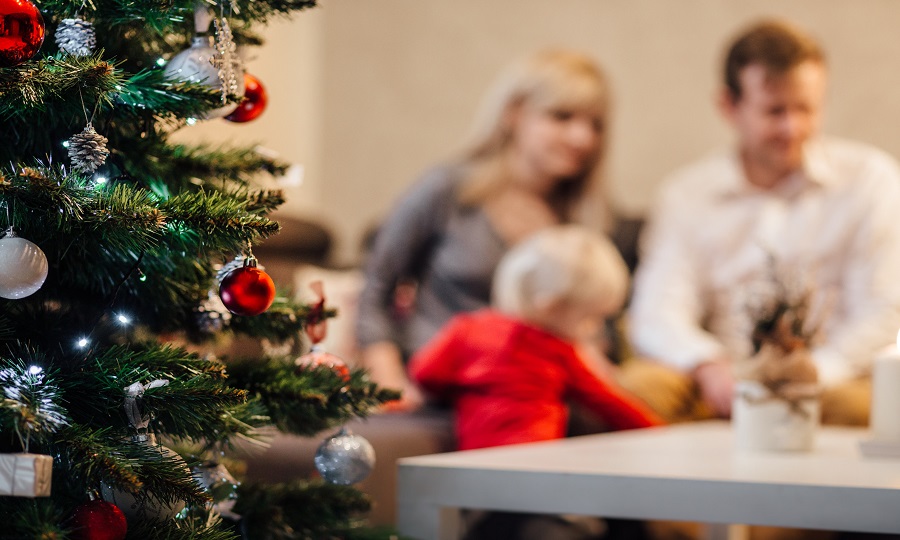
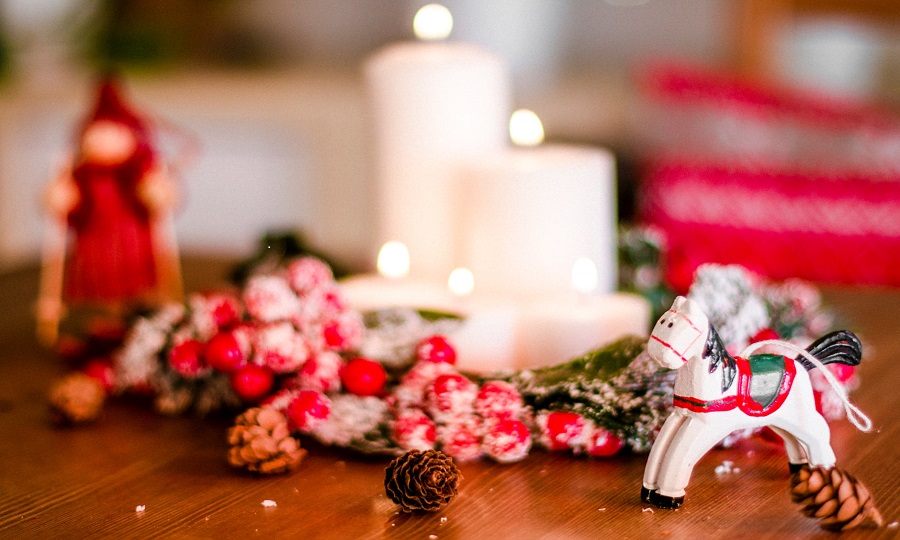
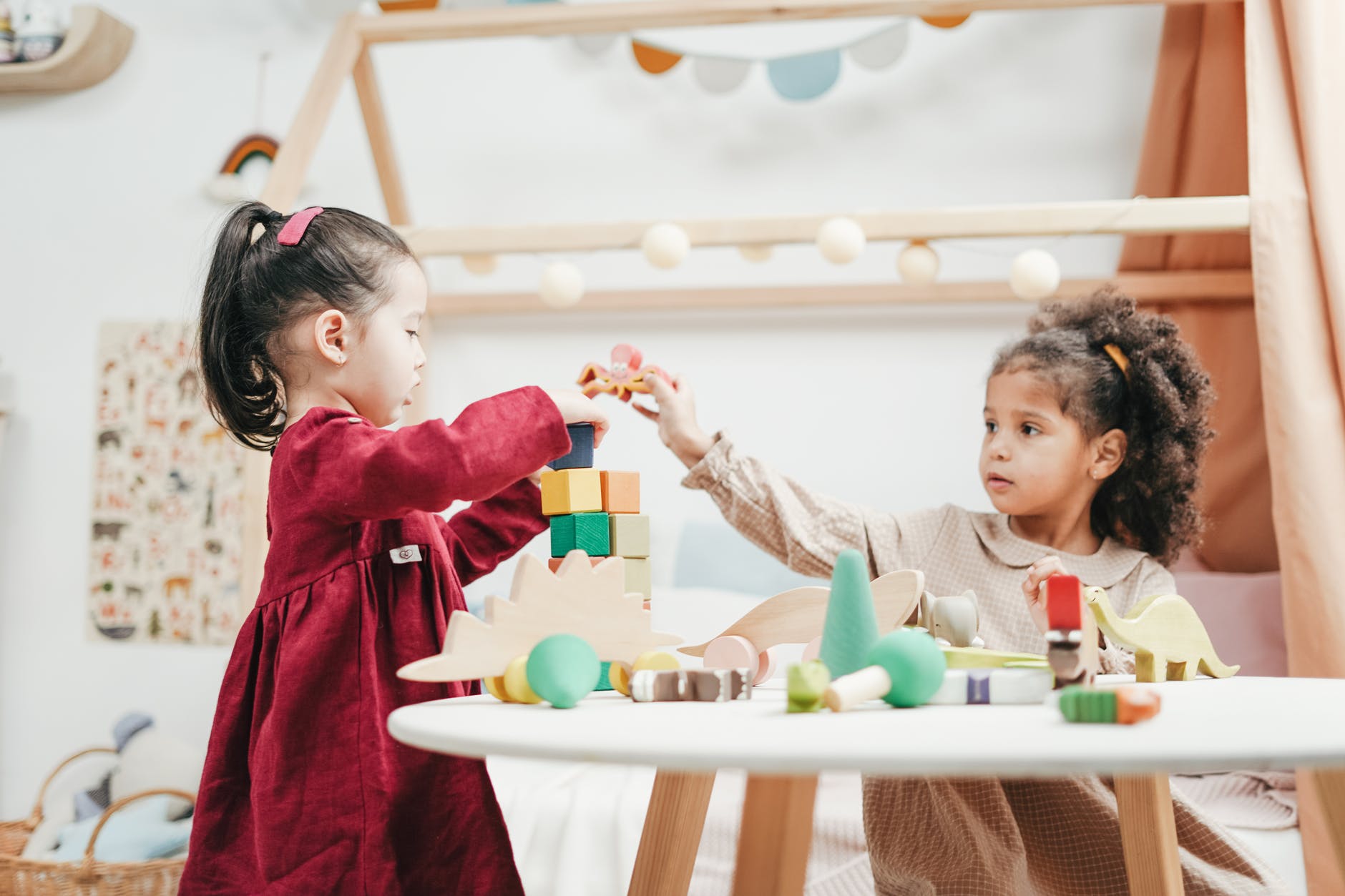




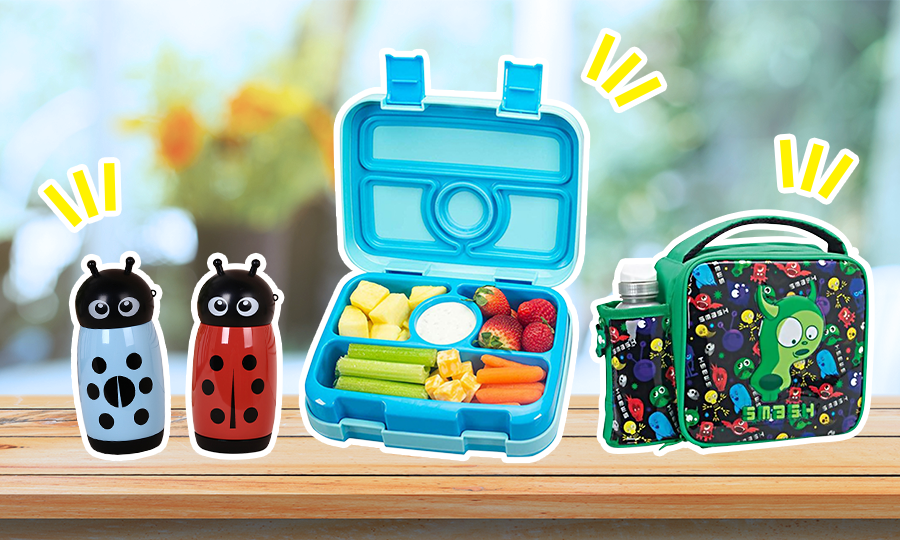


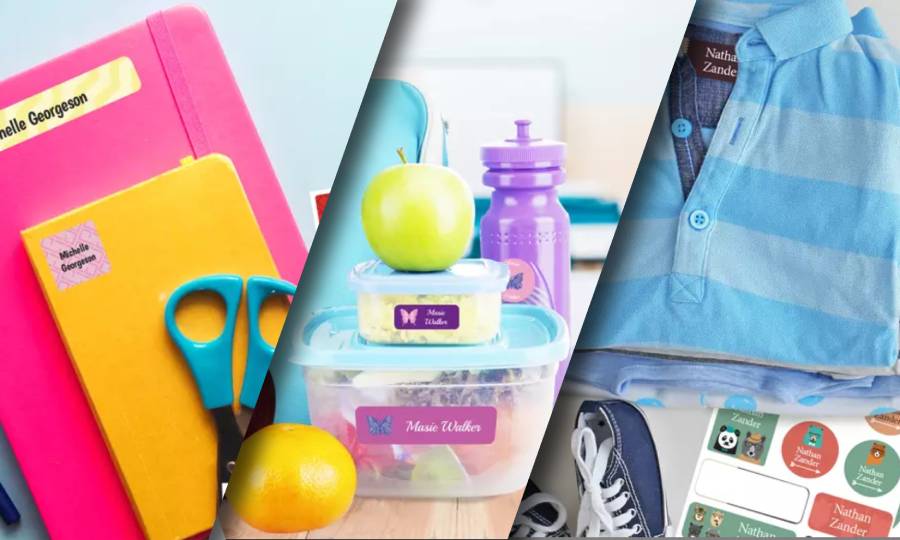
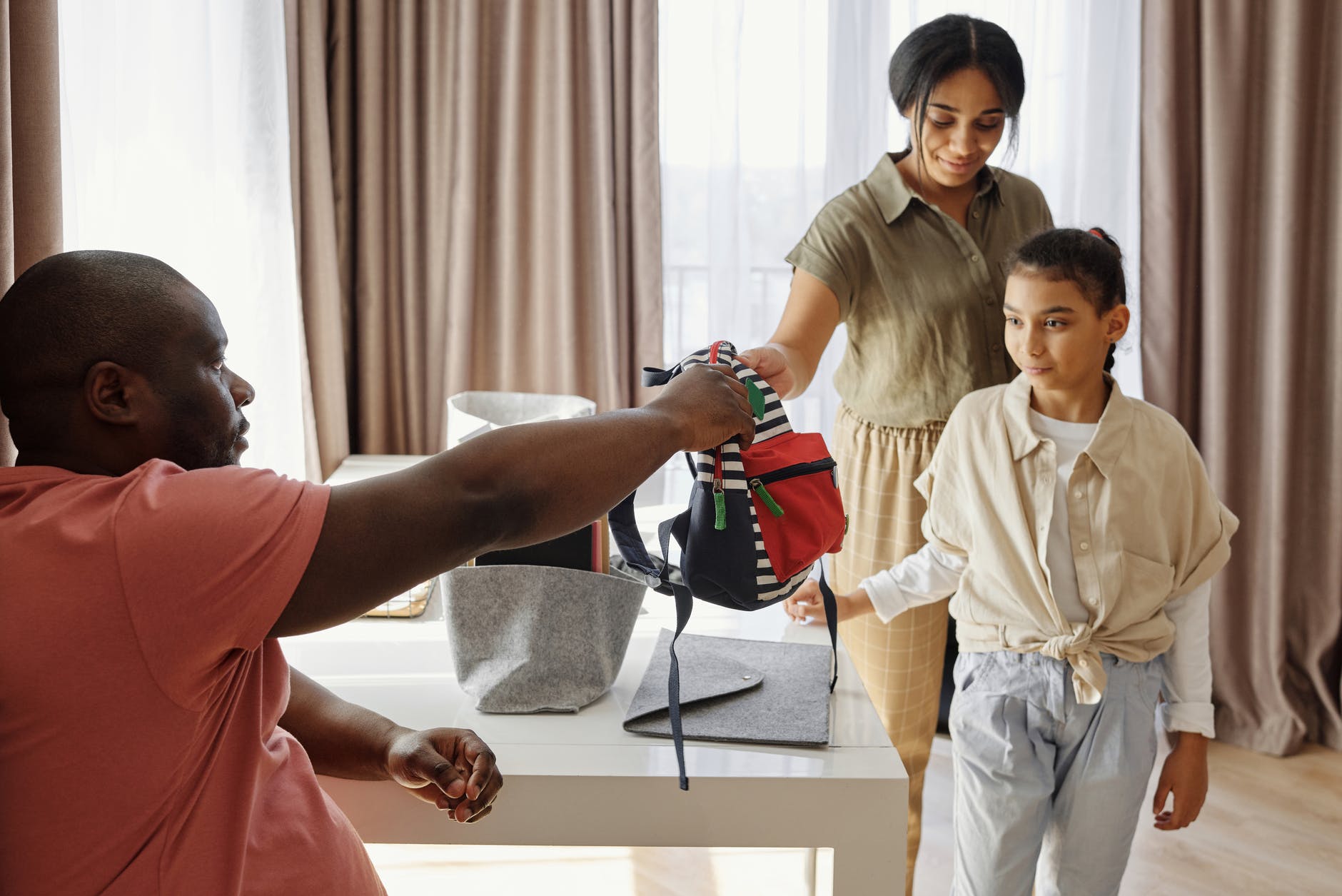
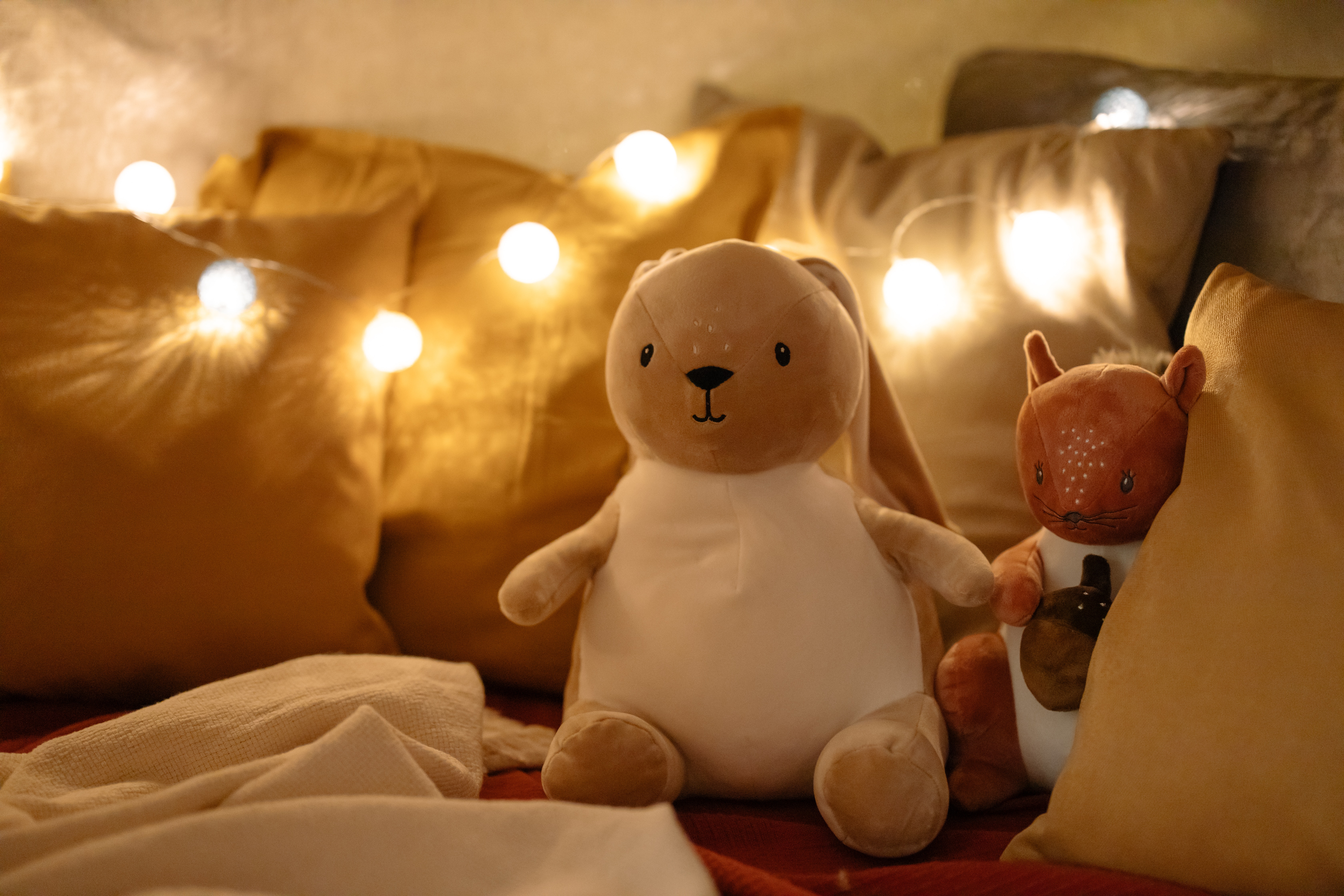
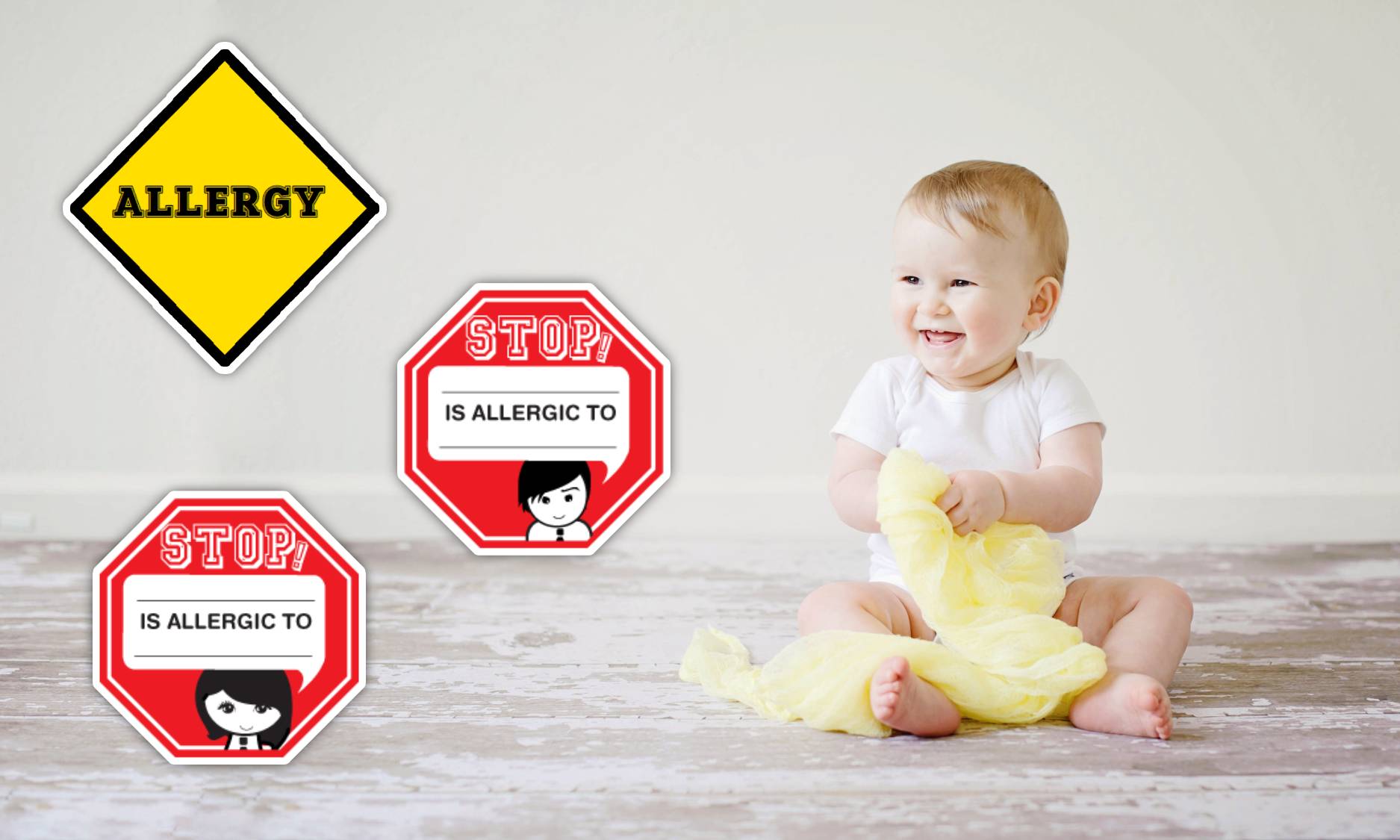
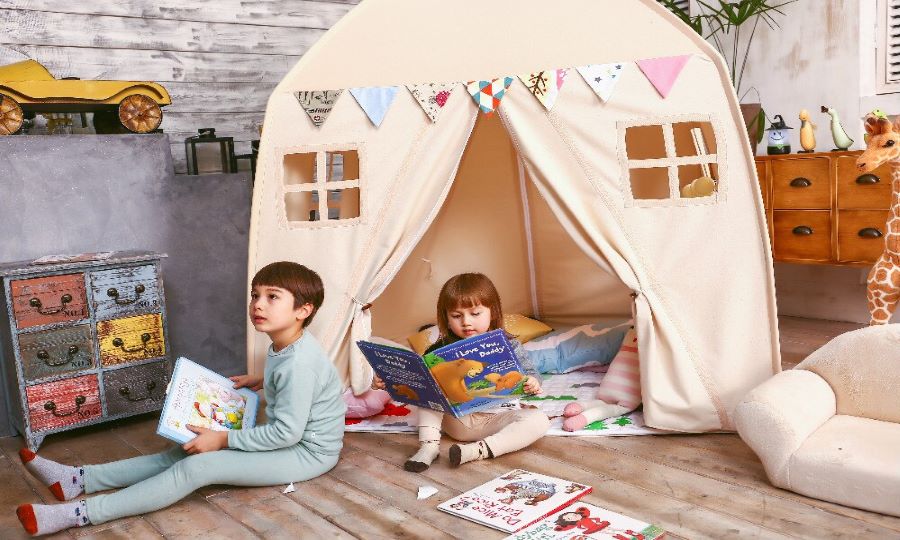
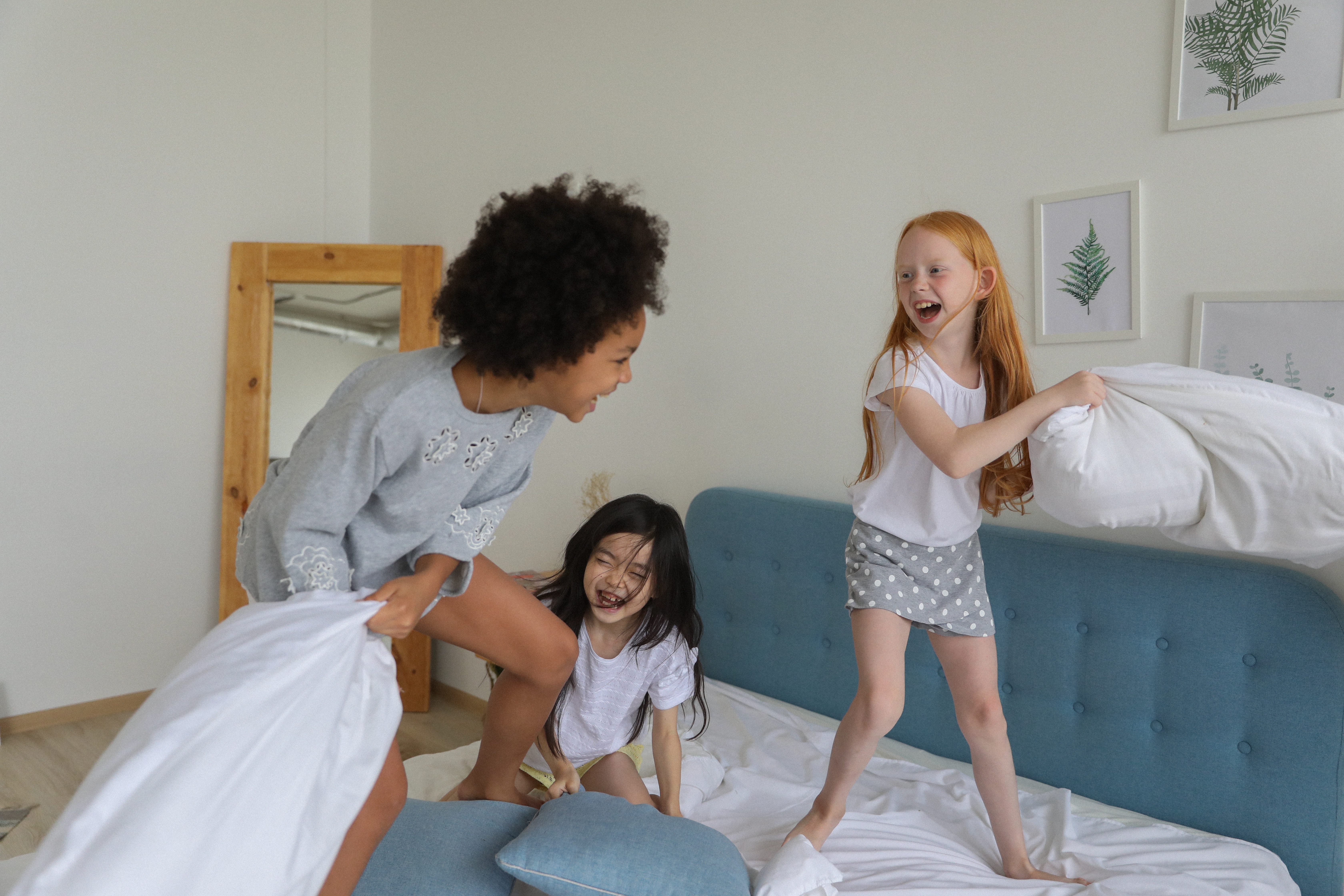



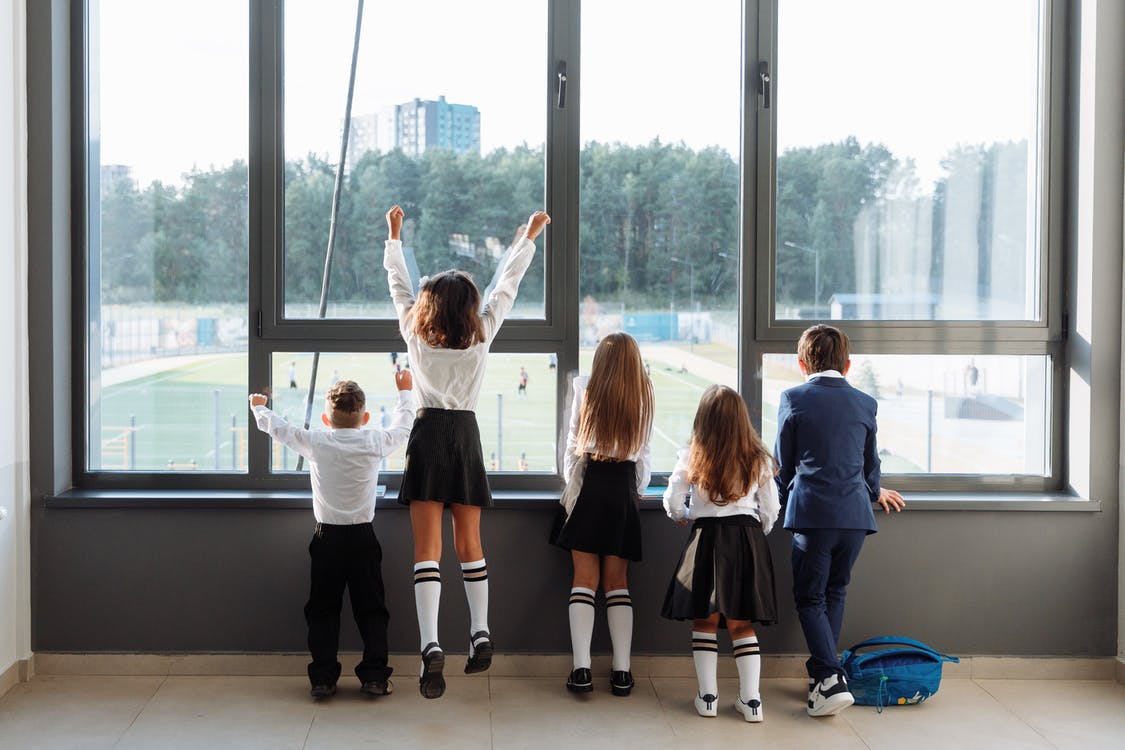

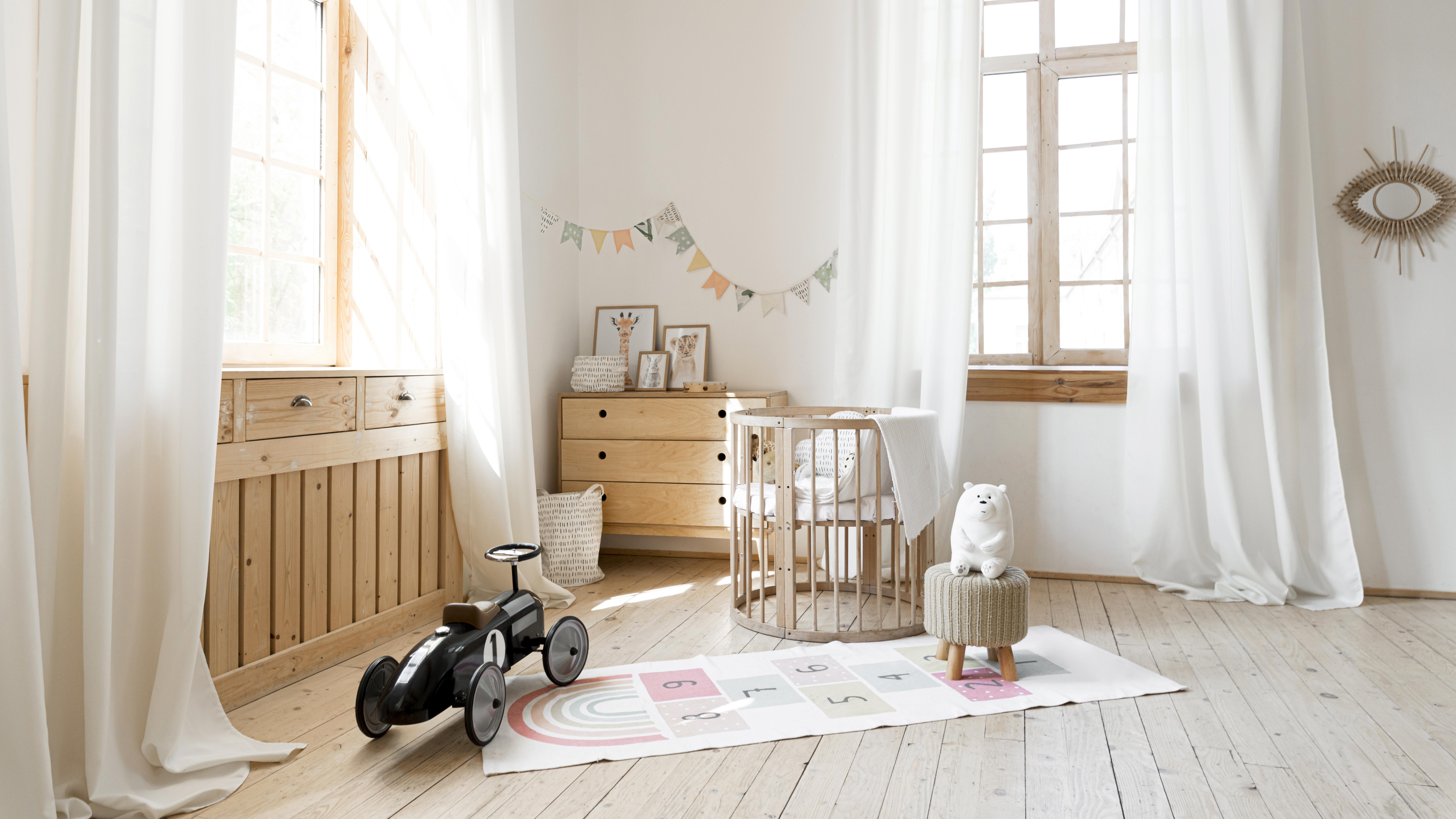
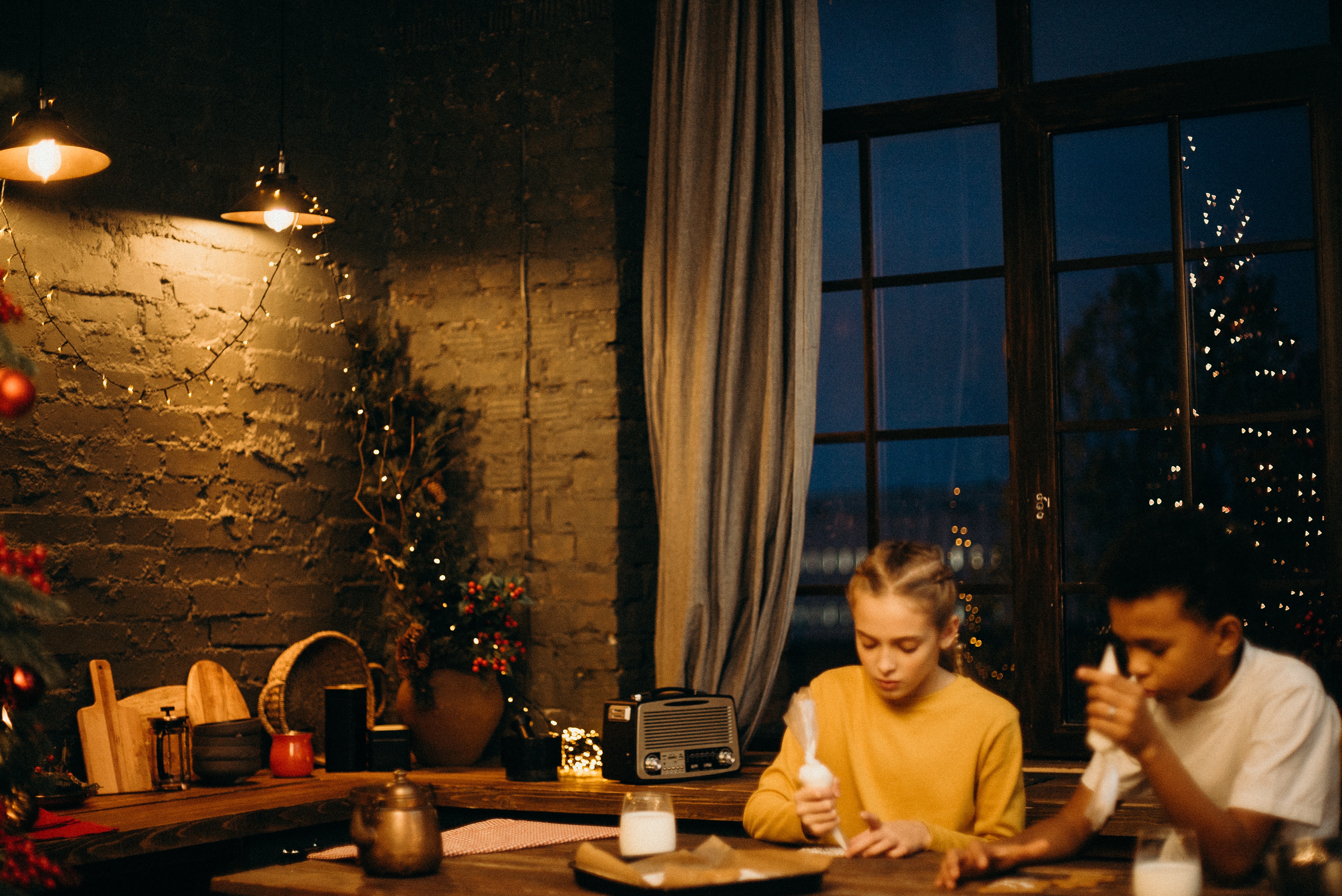
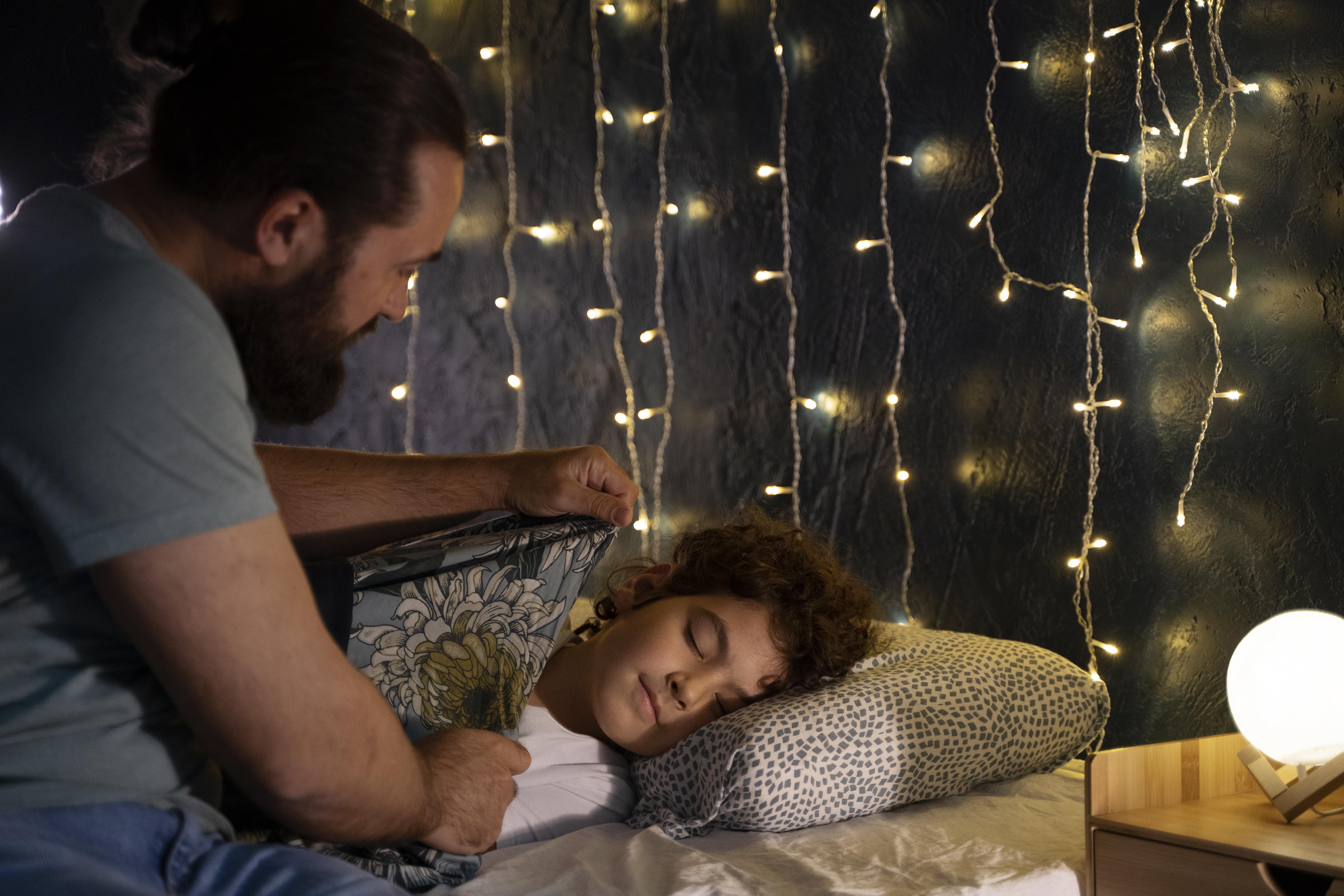


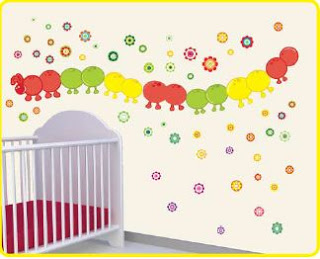

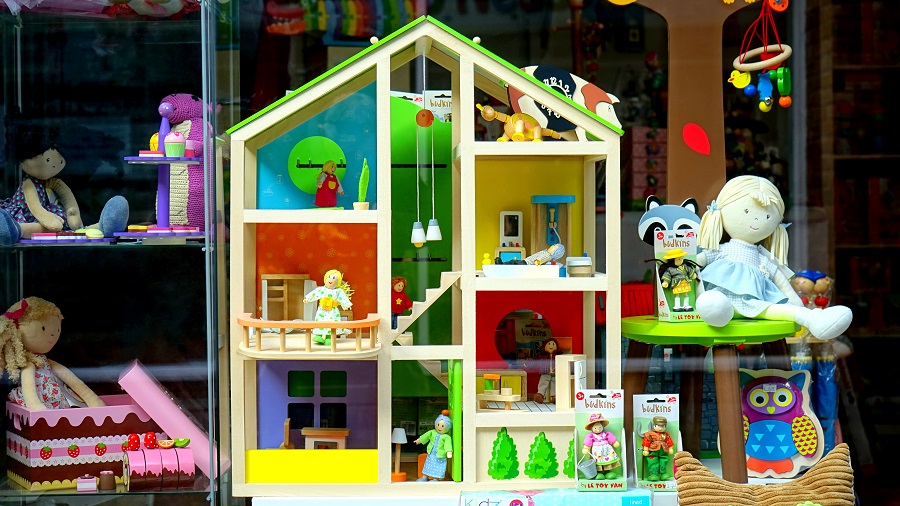
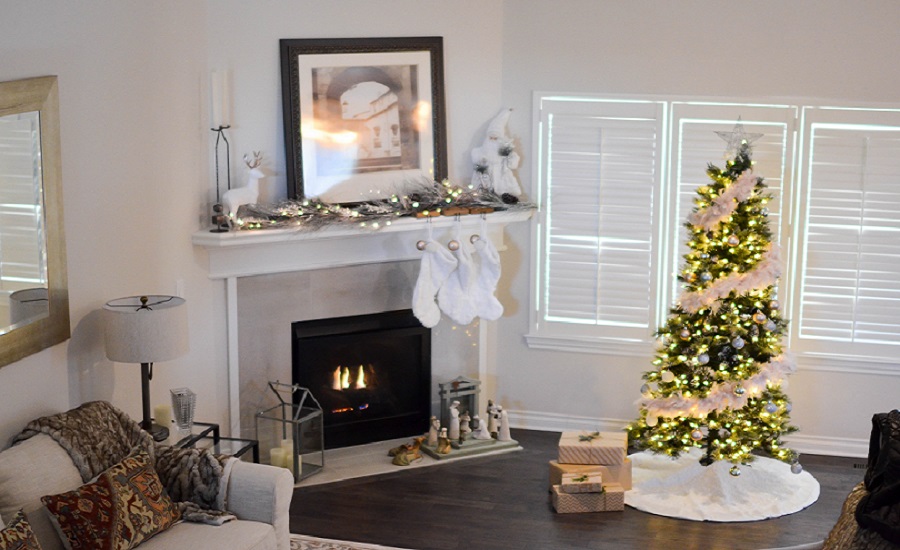



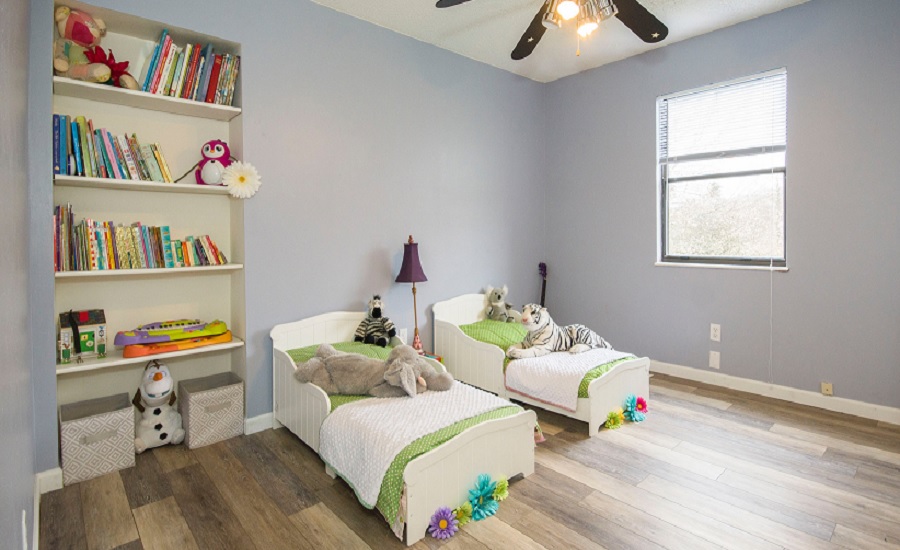



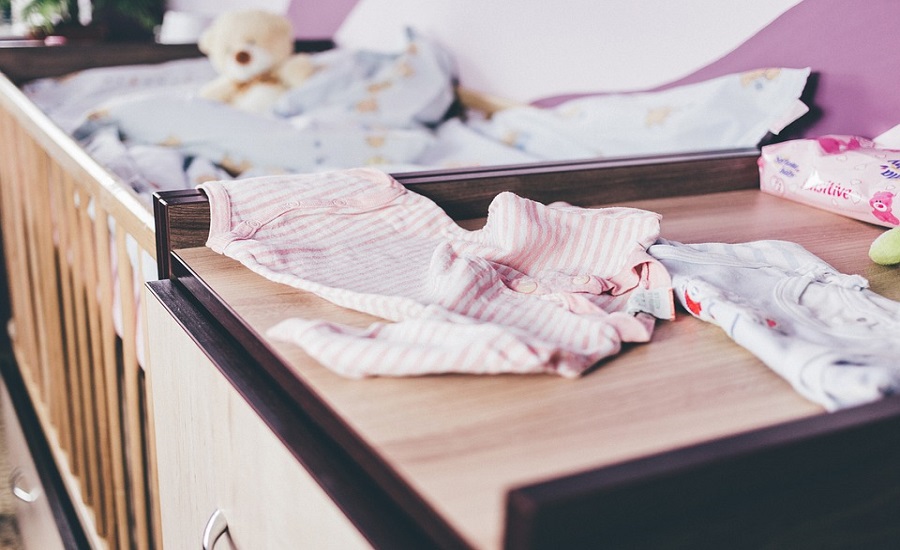
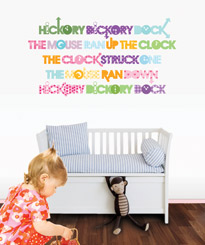
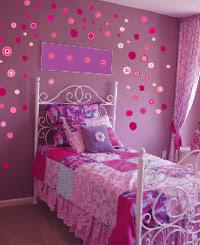


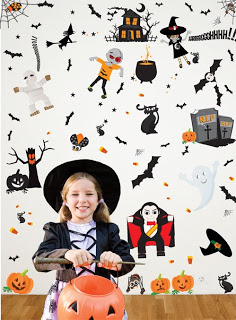
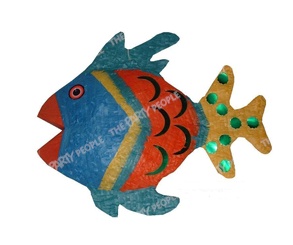
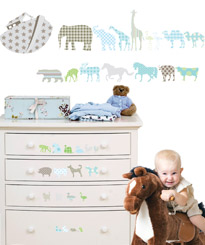



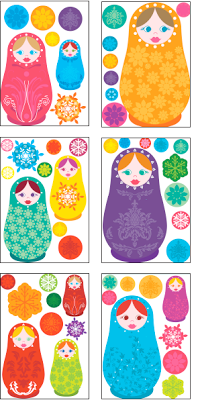
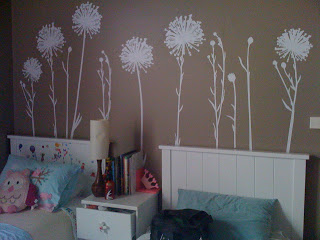

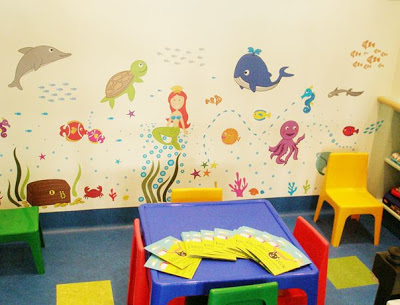
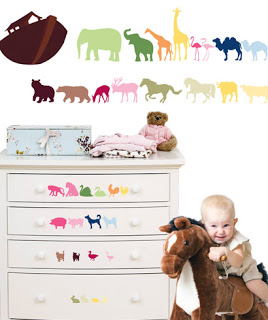

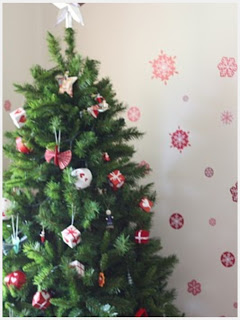



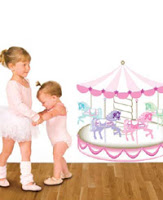



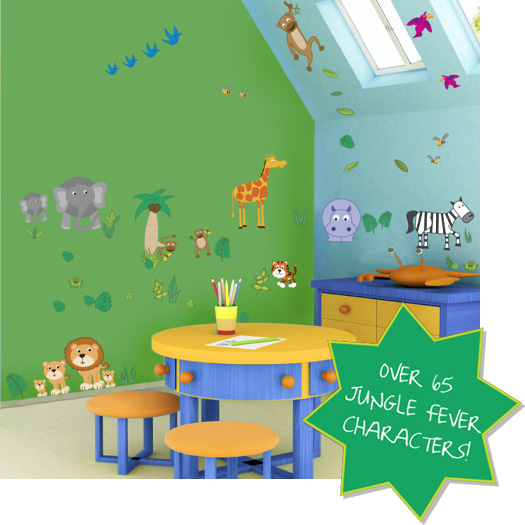

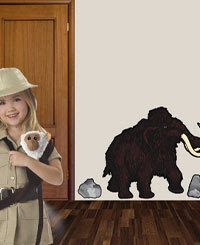

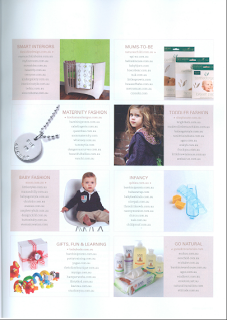

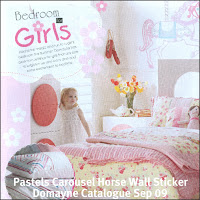


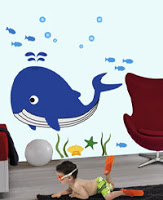
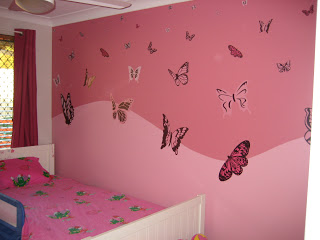

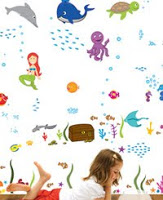

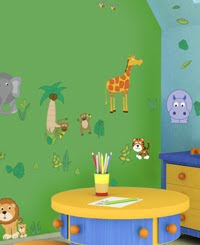
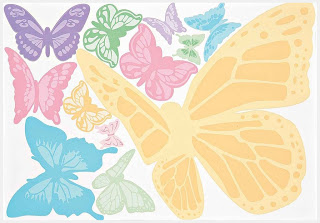
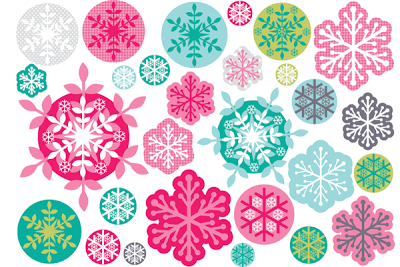


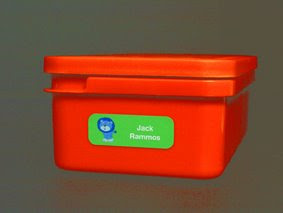
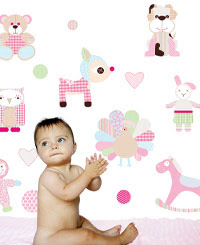
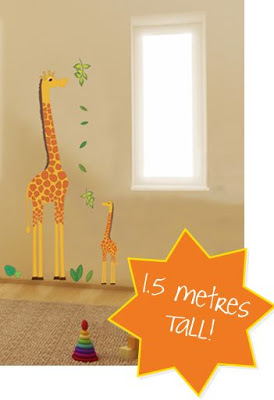


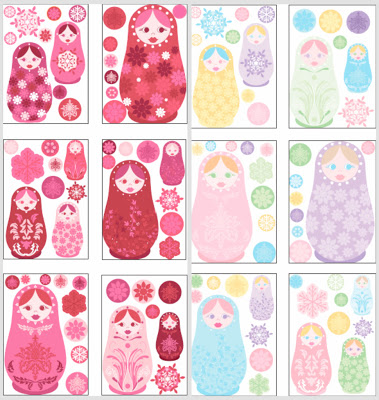

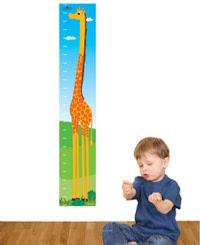

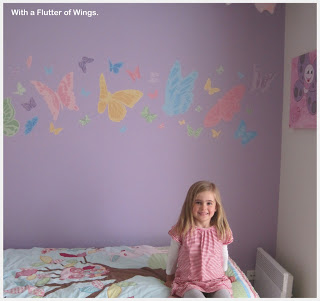

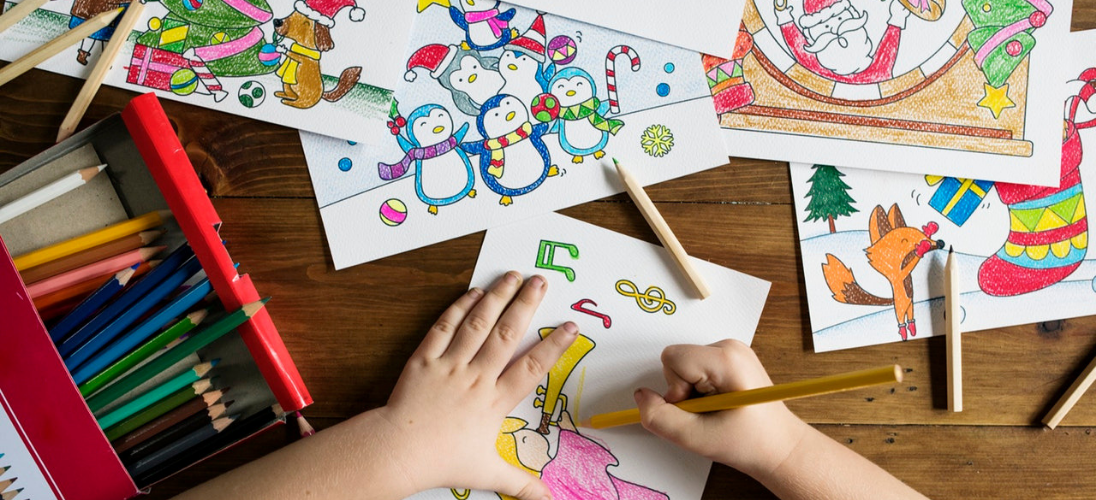
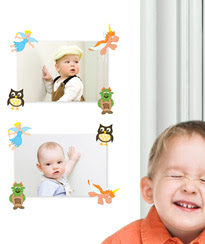

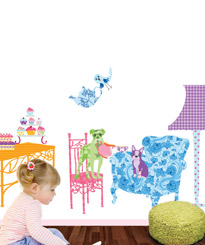
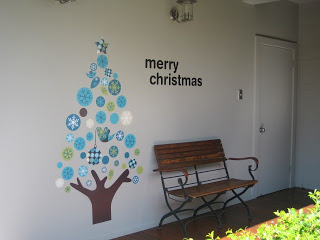

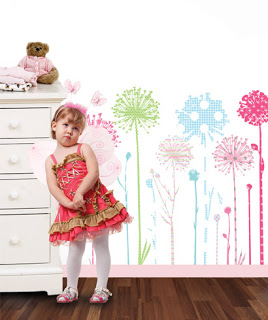




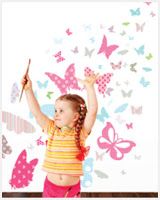
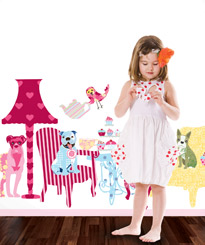

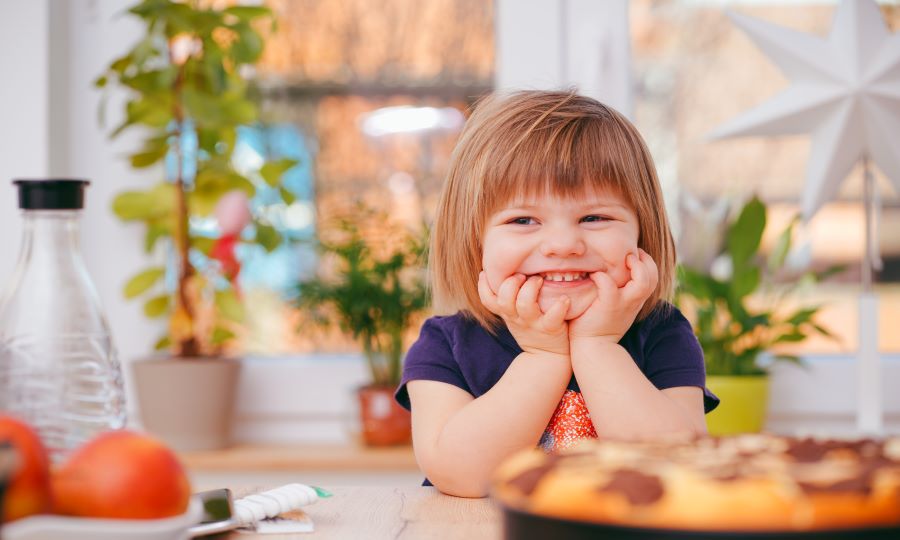





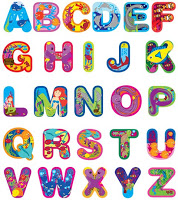
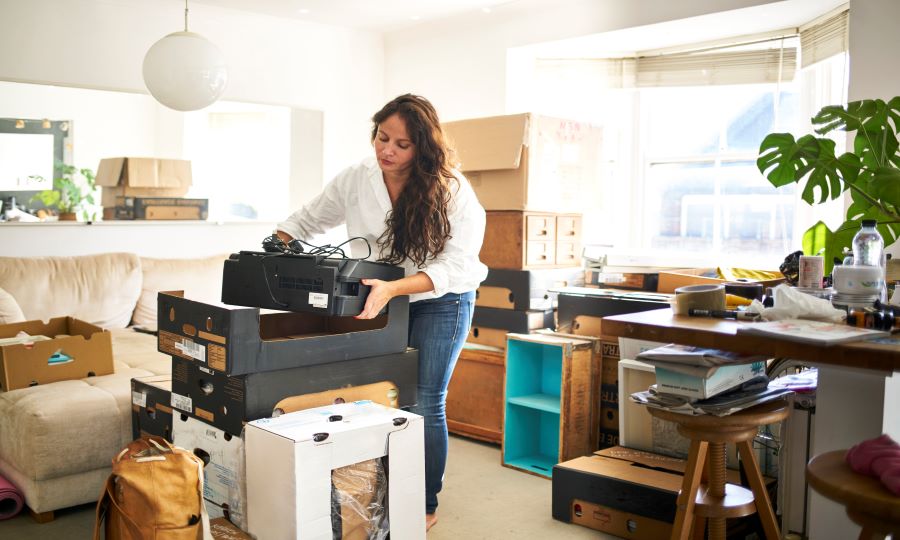




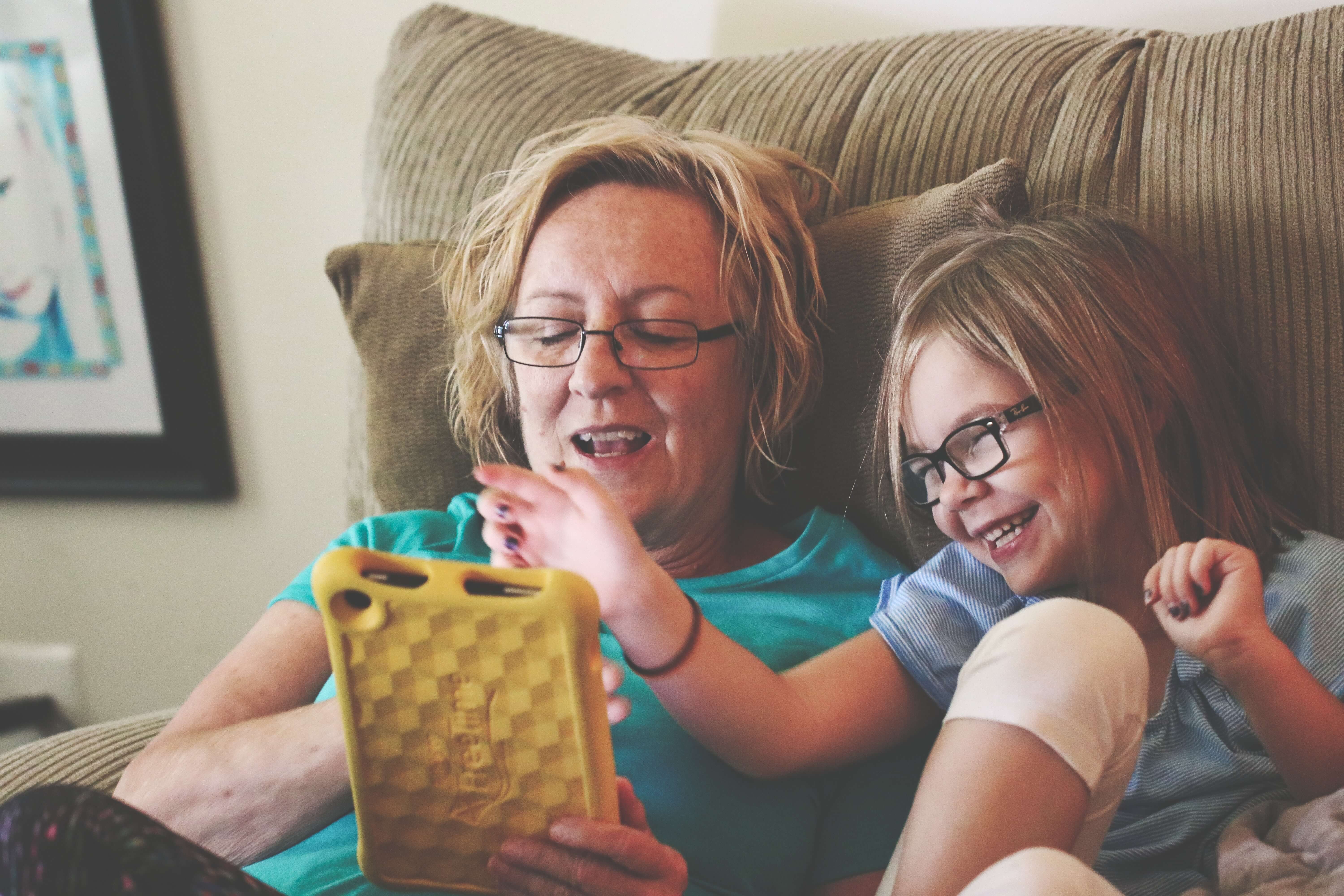

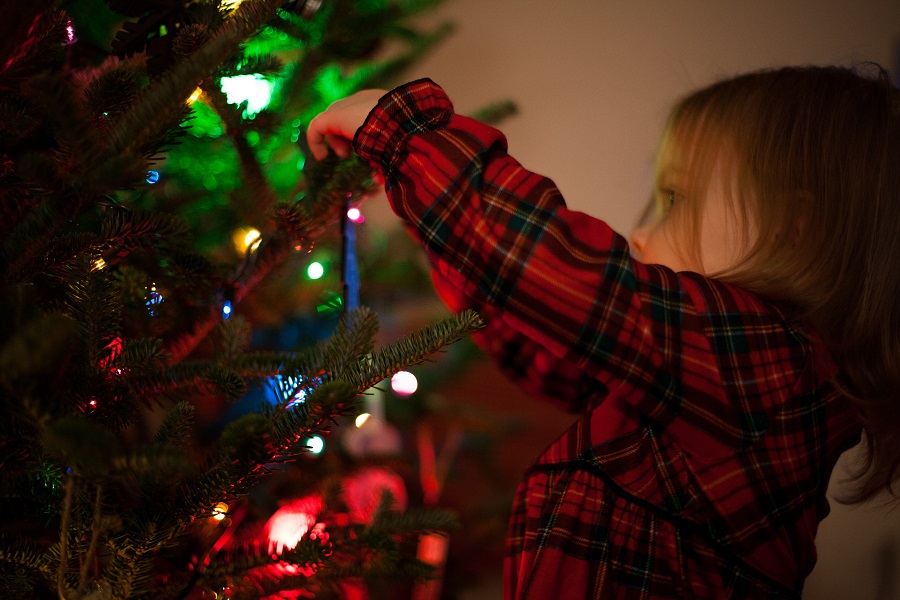

































































































































Categories
Tags
